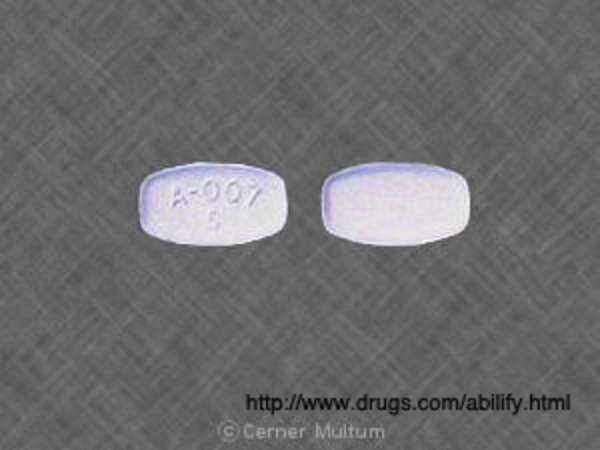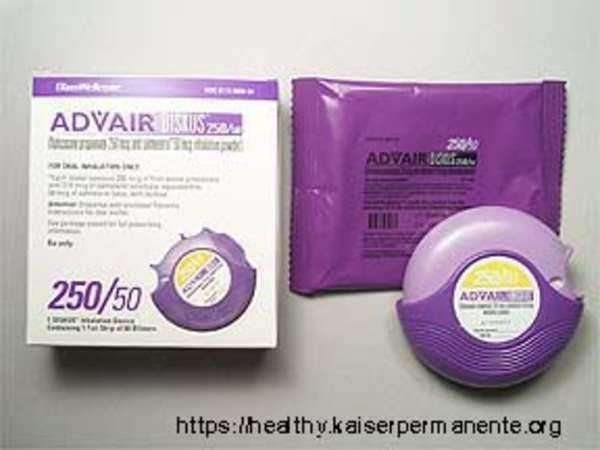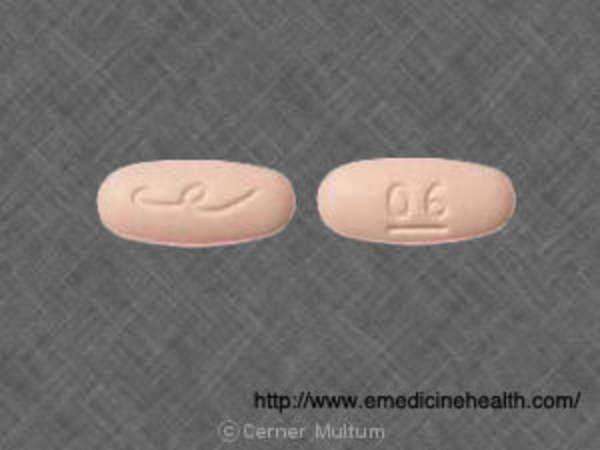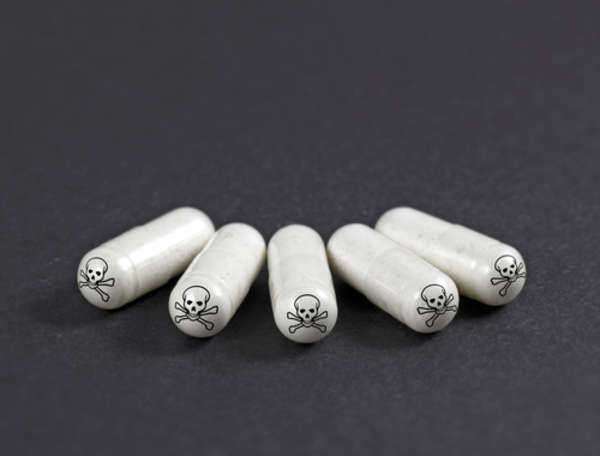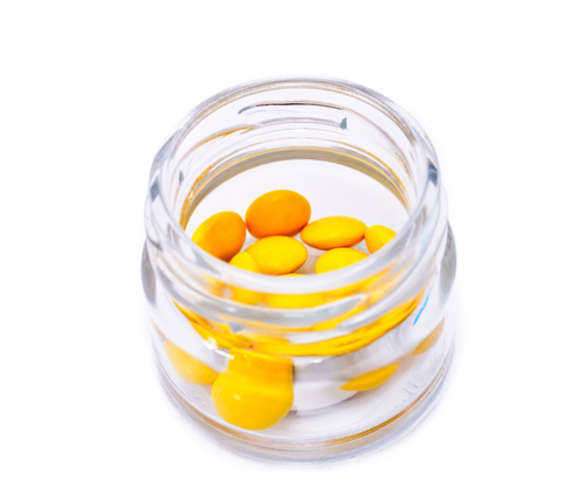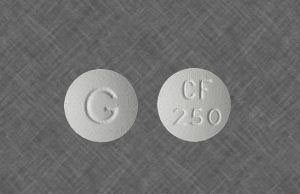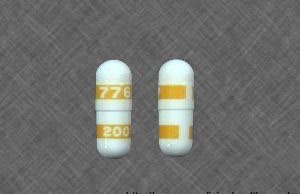Abilify vs Seroquel

Comparing Abilify vs. Seroquel
What is Abilify?
Abilify, which goes by the generic name Aripiprazole, is used to treat the symptoms associated with schizophrenia (a mental condition that causes unusual or disturbed thinking, loss of interest in life and the display of inappropriate emotions) in individuals 13 years of age and older. Abilify may be used alone or in conjunction with other medications to treat mixed or manic episodes.
Moreover, when looking at Abilify vs. Seroquel, one must understand that Abilify can be used to treat depression when symptoms cannot be harnessed by the antidepressant alone. Abilify is an atypical antipsychotic; it is effective by altering the activity of certain natural substances in the brain.
What is Seroquel?
Seroquel, which goes by the generic name Quetiapine, is a drug (available in extended-release form) that, like Abilify, is applied to treat the symptoms associated with schizophrenia. When comparing Abilify vs. Seroquel, similarities are present in that both drugs are used to treat the same medical conditions: Seroquel is also used to treat manic episodes and depression.
Both Abilify vs. Seroquel are classified as antipsychotics and both Abilify vs. Seroquel work by altering the activity of certain natural substances in the brain.
Side Effects of Abilify vs. Seroquel:
In addition to classification and mechanism, the majority of side effects between Abilify vs. Seroquel are shared:
Both Abilify vs. Seroquel feature drowsiness, weakness, dry mouth, indigestion, gas, stomach pains, increased appetites, headaches, loss of coordination and the presence of unusual dreams.
In addition to these side effects, both Abilify vs. Seroquel feature severe adverse reactions, that requires immediate medical attention:
Seizures, unusual bruising or bleeding, confusion, irregular heartbeat, muscle stiffness, painful erections, uncontrollable movements and tightening of the neck. There are other serious side effects associated with Abilify vs. Seroquel; please consult your doctor if you notice any persistent, painful or irregular reactions.
What is the Biggest Difference between Abilify vs. Seroquel?
The primary difference between Abilify vs. Seroquel is circumstance and personal response/reaction. Although Abilify vs. Seroquel are similar in that they treat the same conditions by utilizing similar mechanisms, the drugs react differently depending on the system they are in. All cases are unique; where Abilify may be ineffective Seroquel may be effective and vice versa. The body reacts differently for every patient; what is right for one patient may not be right for another.
Consulting with your doctor concerning appropriate treatment for the aforementioned conditions is a necessity. Following the completion of various tests and analyzing medical history your doctor, if appropriate, will prescribe one of the two (Abilify vs. Seroquel) to combat your symptoms.



